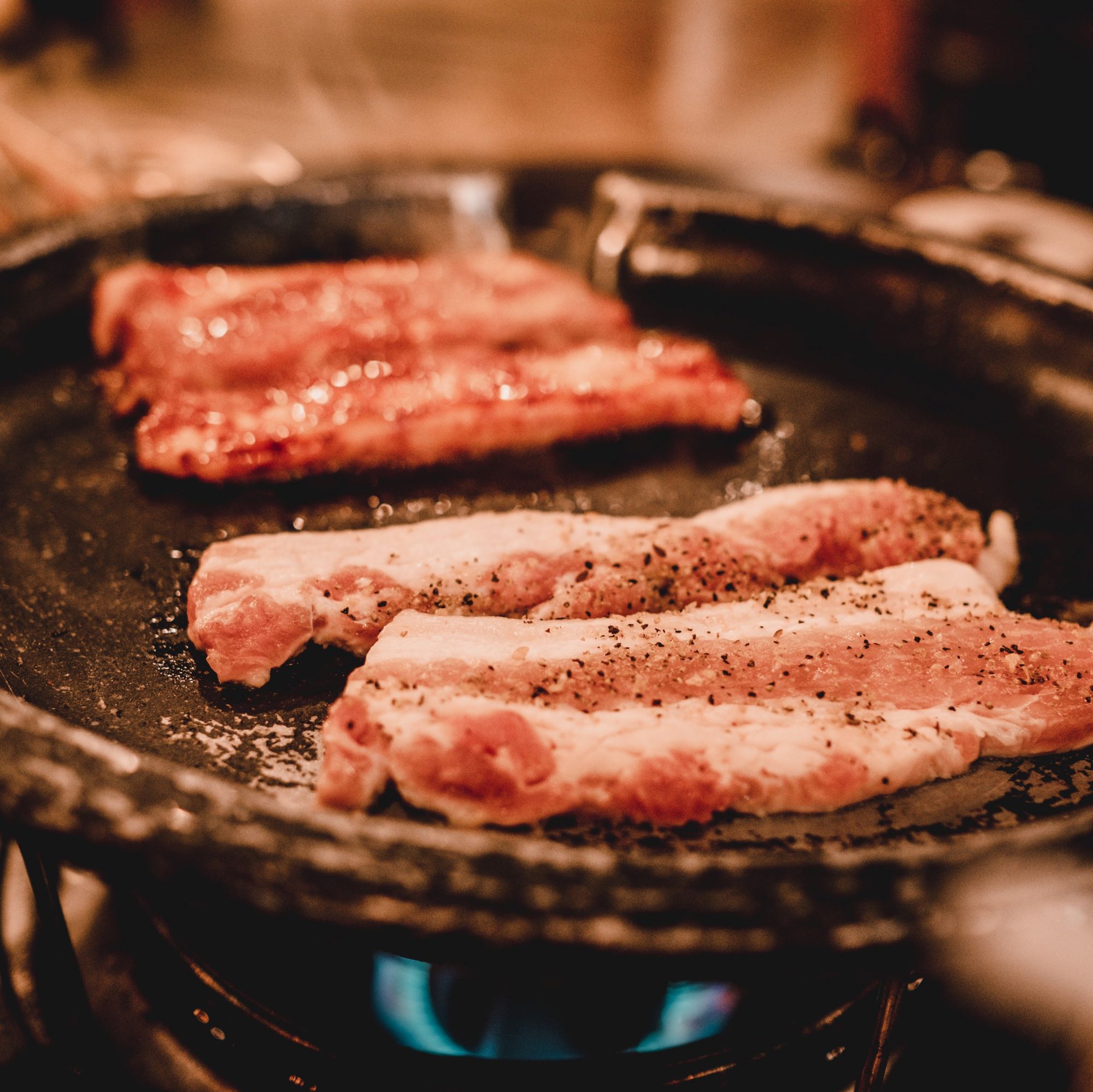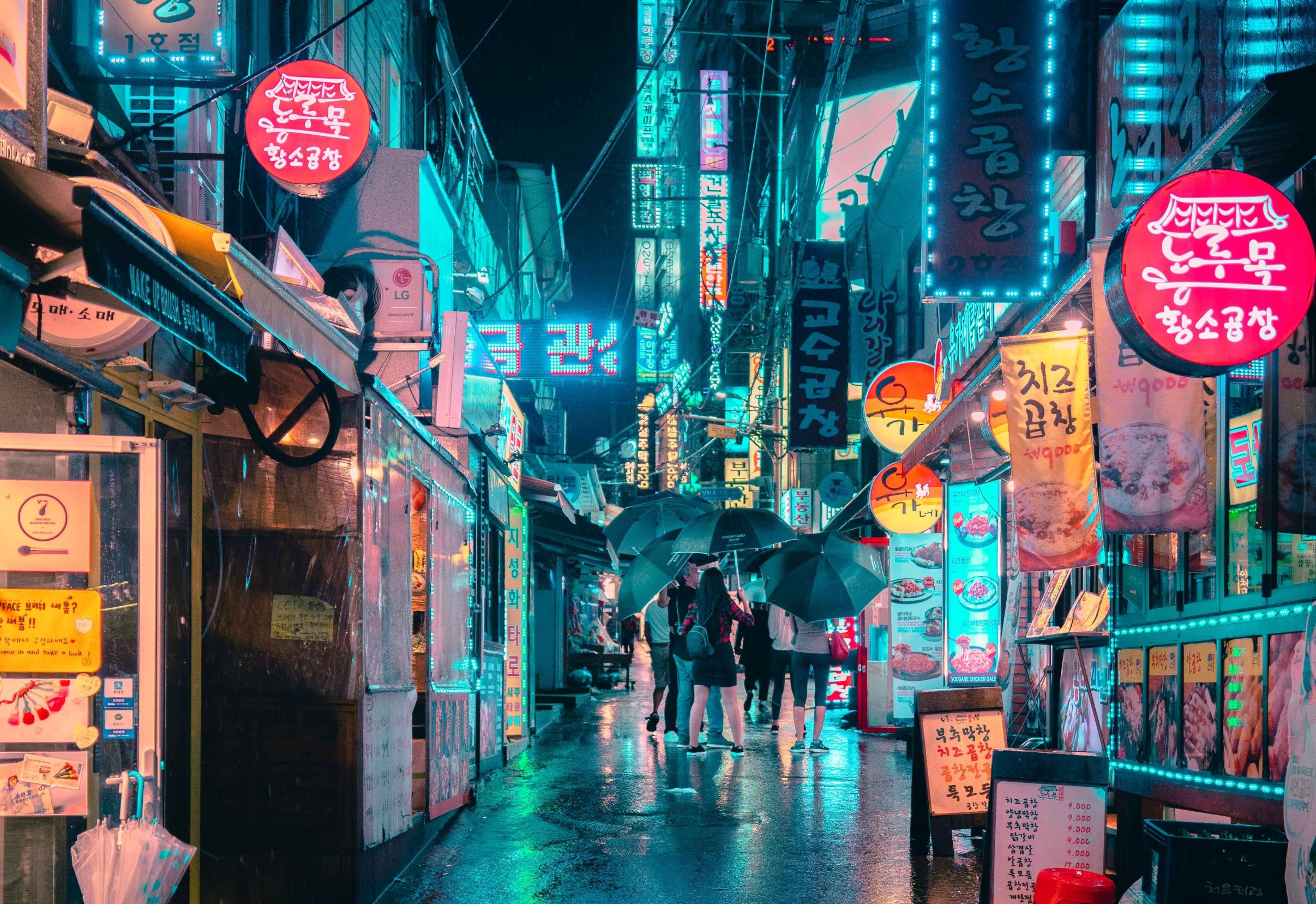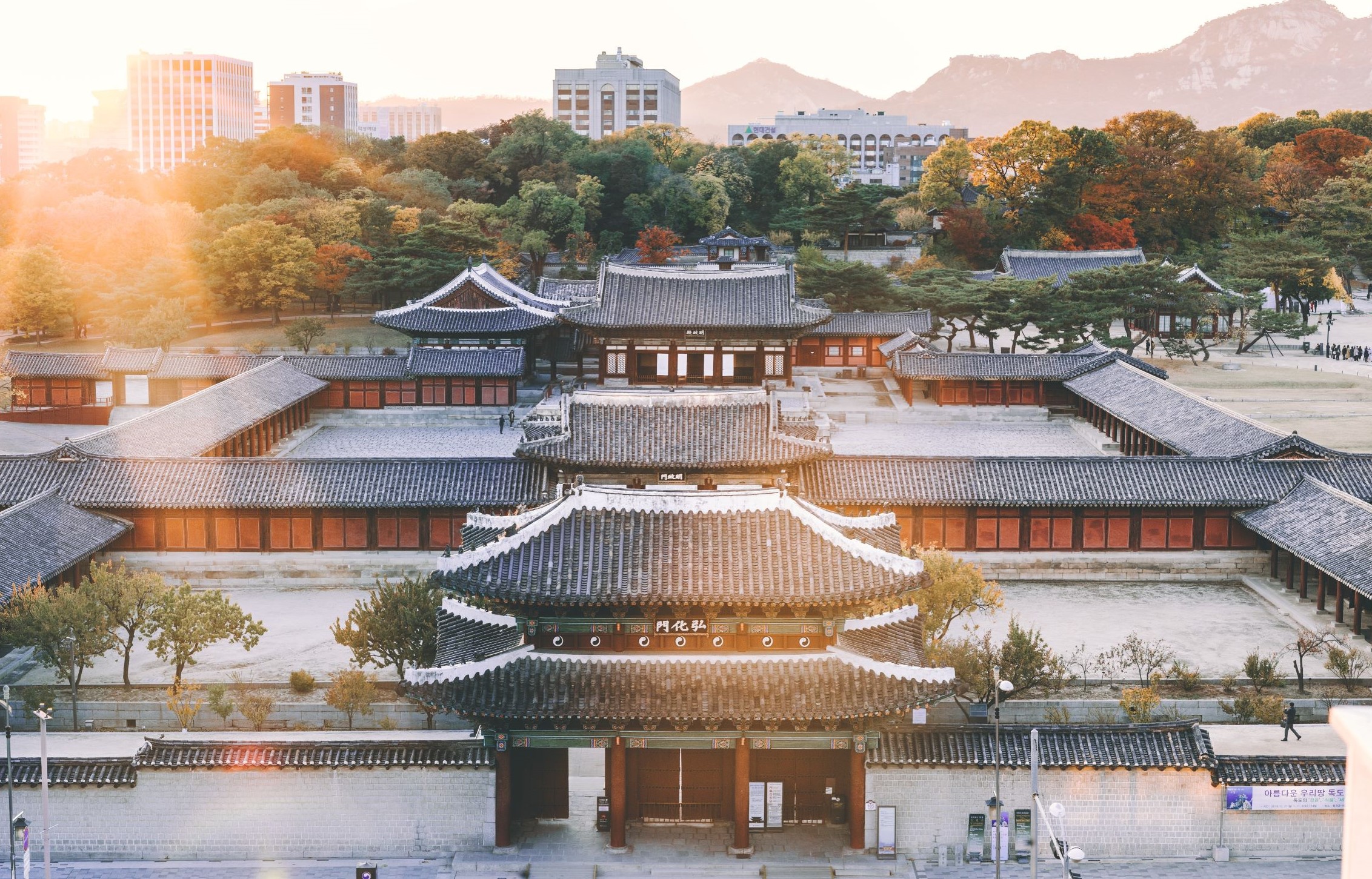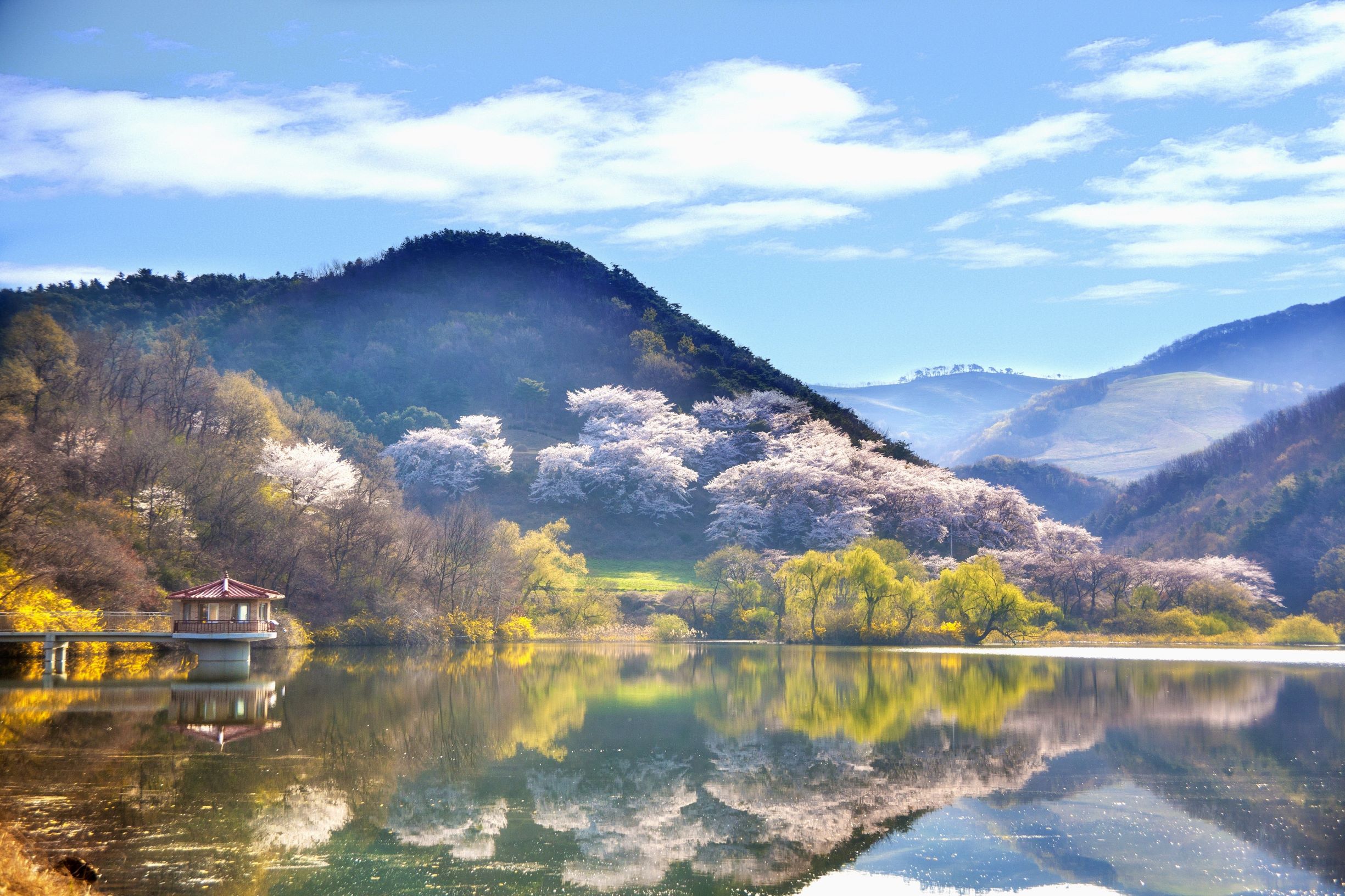South Korean cuisine is still relatively unknown in the West but is certainly gaining popularity due to its delicious flavours and complimentary balance of meat, vegetables, and grains. In South Korea, restaurants will often specialise in very few select dishes, which are almost always served with banchan (side dishes), typically including Kimchi (fermented cabbage) and Danmuji (pickled radish). Dining out together with friends and colleagues is a big part of Korean culture, so it is often cheaper to eat out than to stay in and cook! Below are four iconic dishes that you must try when in SK!
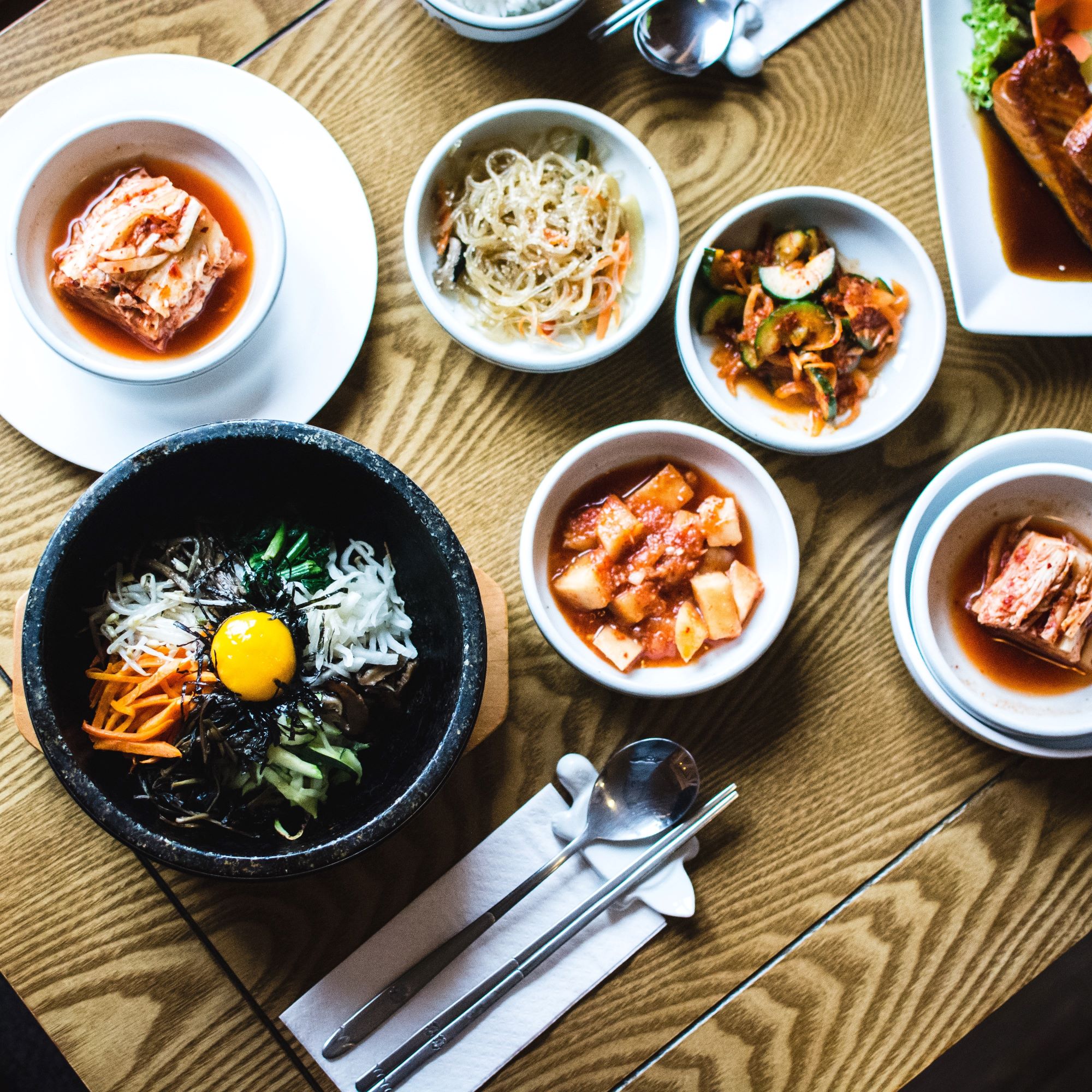
Bibimbap (BEE-bim-bap) – 비빔밥
What is it? Bibimbap literally means ‘mixed rice’ (good-to-know tip: ‘bap’ is ‘rice’ in Korean!), so Bibimbap is a dish that basically explains itself. Served as a bowl of warm rice in a piping hot stone bowl, Bibimbap is completed with toppings of seasonal vegetables, kimchi, gochujang paste (chili pepper paste), egg, and sliced beef. Remember to mix before eating!
Where to eat? Anywhere in South Korea, although Bibimbap originates from the town of Jeonju. If you’re after authenticity, it might be worth making a stop in this historical town.
To note: Gochujang paste can be pretty spicy, so consider your chilli-tolerance levels before mixing in all of the paste into your Bibimbap.
Kimbap (KIM-bap) – 김밥
What is it? Kimbap is made from cooked rice and other ingredients that are rolled in ‘kim’—dried sheets of nori seaweed—and served in bite-sized slices. This is a cheap, quick, and convenient dish that comes in vegetarian, pescatarian, and meat options. It is usually served with kimchi and a broth on the side.
Where to eat? Anywhere in South Korea! No, really, anywhere. Even convenience stores sell kimbaps.
To note: Kimbap is a dish that’s very similar to Japanese sushi, however these two should not be considered identical. Kimbap usually does not have any raw ingredients, and is always made with the seaweed coating on the outside.
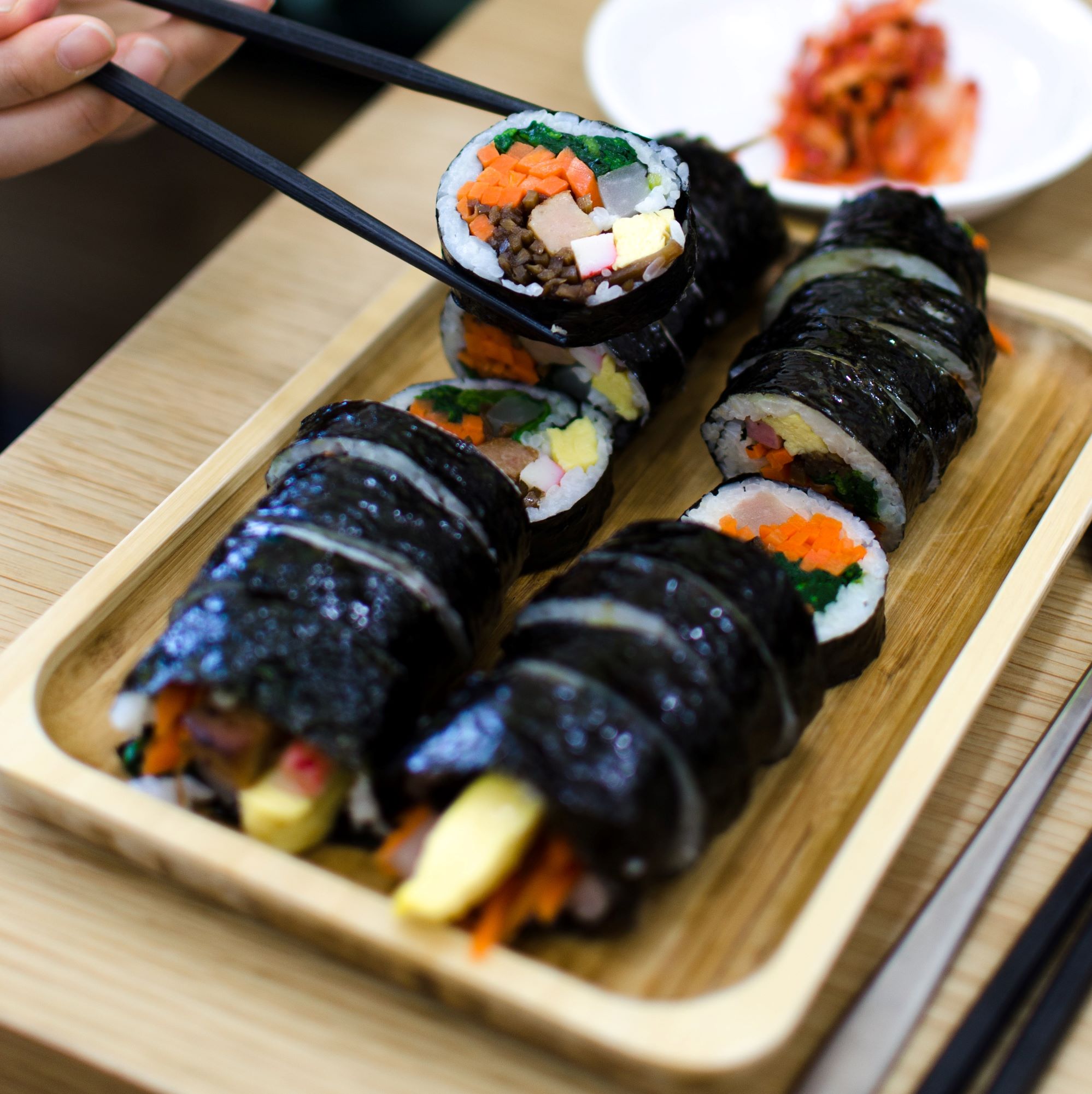

Japchae (Chapch'ae) – 잡채
What is it? Japchae literally translates to mixed vegetables – ‘jap’ meaning ‘mix’ and ‘chae’ meaning ‘vegetables’. This is a sweet and savoury dish of stir-fried glass noodles made from potato starch. The noodles are topped with assorted vegetables, meat, and mushrooms, and seasoned with soy sauce and sesame oil.
Where to eat? Most local restaurants. Japchae sometimes comes as a banchan, so keep an eye out for it in the ‘sides’ section of the menu.
To note: Japchae is the number one sought after dish particularly during the Korean festive holidays (e.g. New Year’s day and Harvest festival) but it is also enjoyed on any other common day as well.
Korean BBQ – 고기구이, gogi-gu-i, 'meat roast'
What is it? This is not your typical barbecue! Korean BBQ restaurants are equipped with a grill in each table, which allows for a unique hands-on experience. You will be provided with raw meat to cook as you like, equipped with tongs and scissors. Also indulge in plenty of side dishes and dipping sauces.
Where to eat? KBBQ restaurants are abundant is South Korea, as they are a perfect location for groups of people to eat together. Make sure to come with a group, as that way you can order more and split the bill.
To note: Don’t be alarmed if a waiter starts cooking for you! This is typical KBBQ practice. Sometimes it may be best to leave the meat grilling to the professionals.
